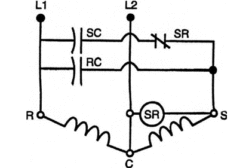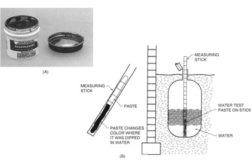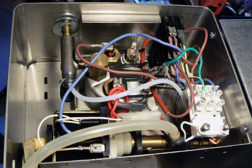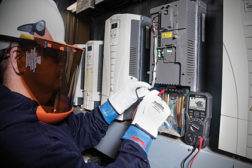Home » troubleshooting and HVACR
Articles Tagged with ''troubleshooting and HVACR''
Hands-Free HVAC Troubleshooting and Diagnostics
System Approach Makes Troubleshooting Faster, Easier, and More Affordable
May 5, 2014
Feb. 13, 2014: Grundfos Launches Online Pump Training Platform
Increased Focus on Pump Training Complements Company’s Customer Support
February 13, 2014
Dec. 2, 2013: New HVACR Troubleshooting Website, Troubleshooting Videos Introduced
Site Focuses on Equipment Servicing, Videos Provide Training on Heat Pumps
December 2, 2013
Copyright ©2025. All Rights Reserved BNP Media.
Design, CMS, Hosting & Web Development :: ePublishing












